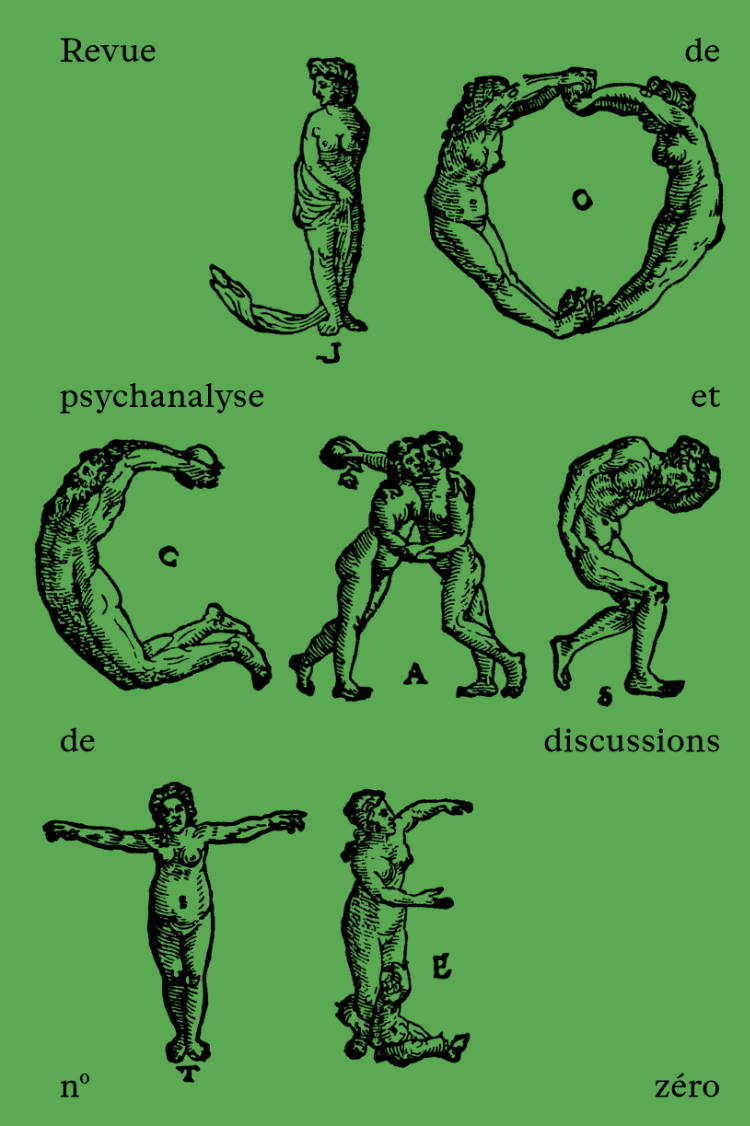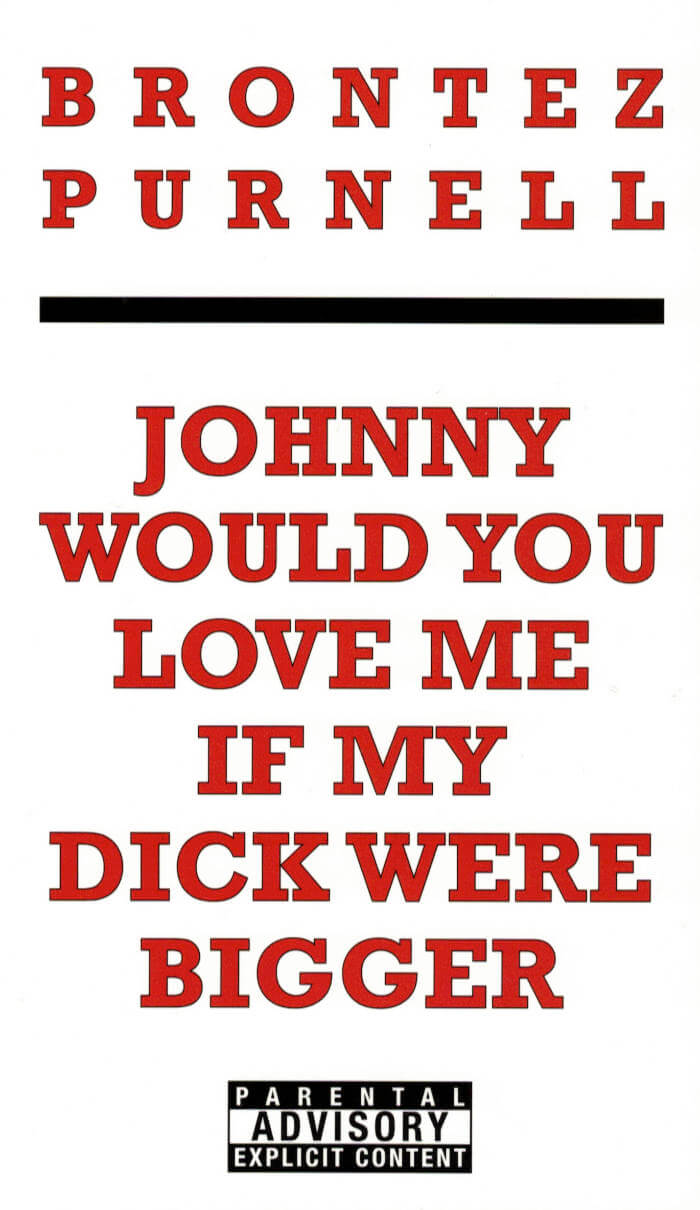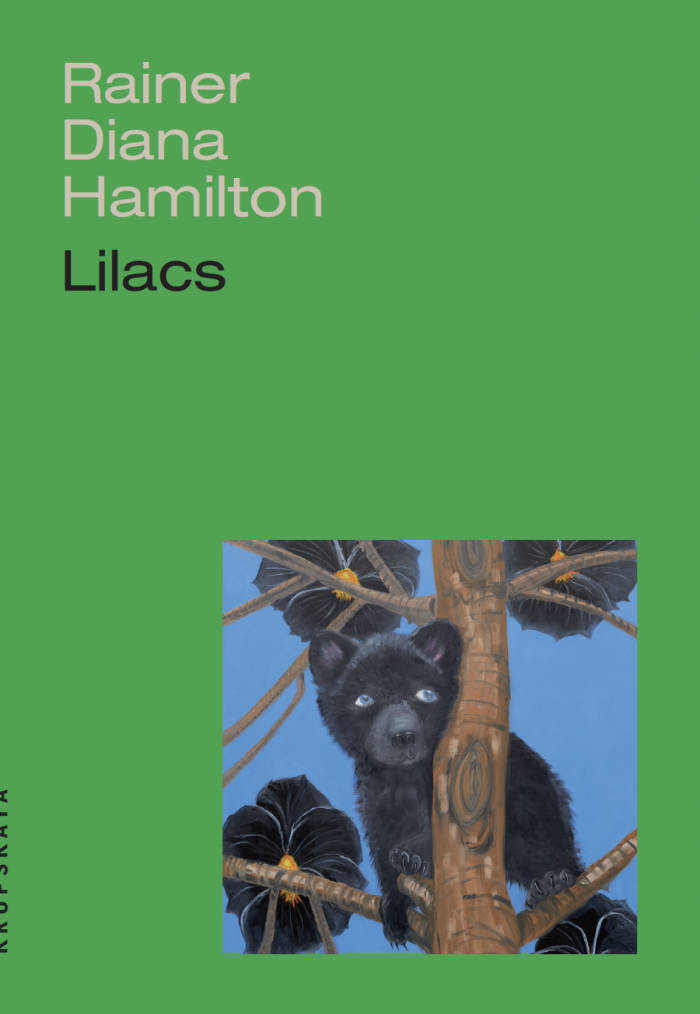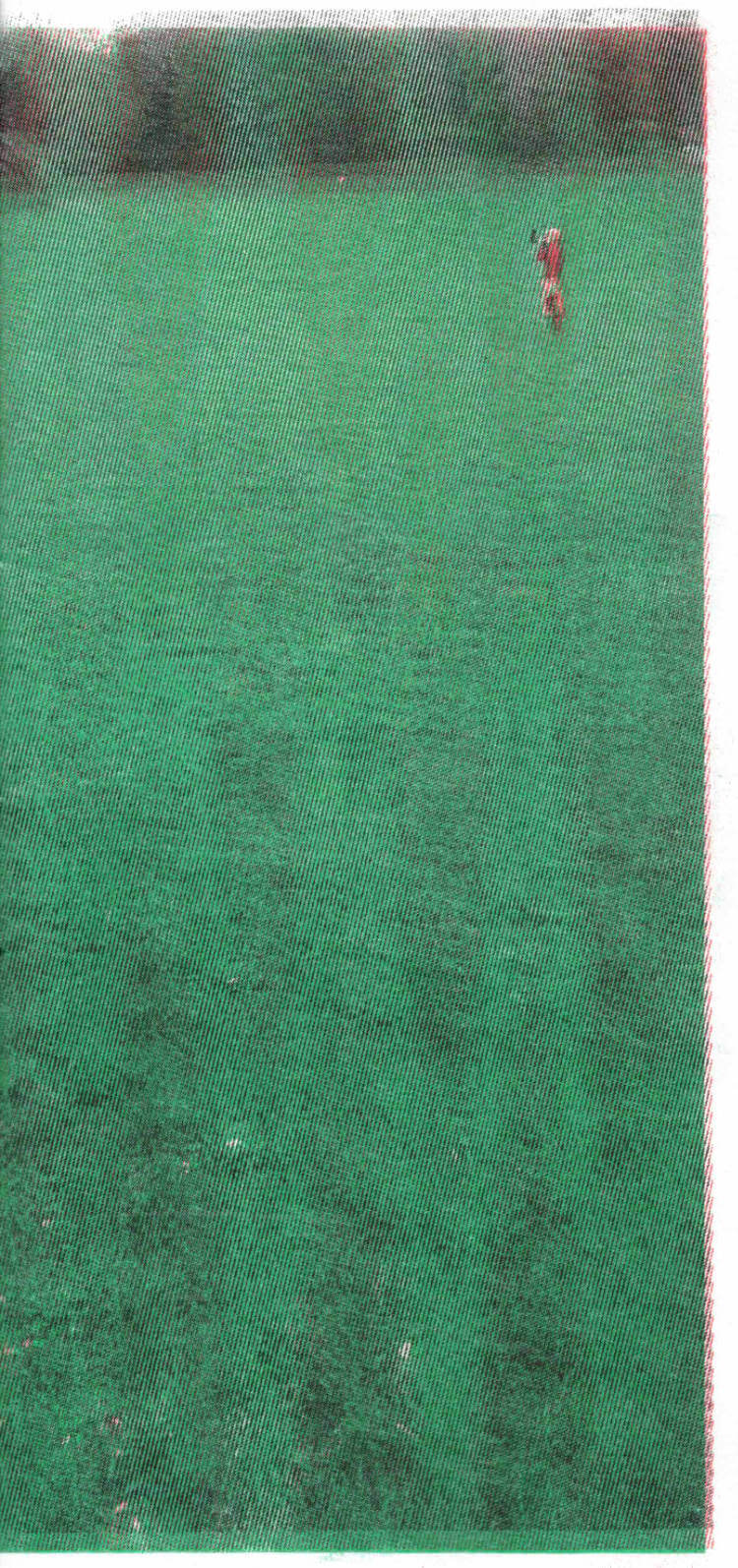
Censored Tee
T-shirt collector imprimé en sérigraphie “LA LUTTE COMMENCE DANS L’IMAGINAIRE” au dos et le logo CENSORED devant. Manche longues noir.
Tailles X et XL disponibles.

T-shirt collector imprimé en sérigraphie “LA LUTTE COMMENCE DANS L’IMAGINAIRE” au dos et le logo CENSORED devant. Manche longues noir.
Tailles X et XL disponibles.

The inaugural issue of the journal of psychoanalysis and interdisciplinary discussions, around the figure of the fold.
Jocaste, a journal of psychoanalysis and discussion, co-published by the International Lacanian Association and Empire Editions, with graphic design by Syndicat studio, aims to be a place for encounters and exchanges between current advances in psychoanalysis and proposals from various disciplines. This journal welcomes contributions from contemporary artists, essayists, poets, psychoanalysts, and women and men engaged in praxis and in the times in which we live.
Texts by Philippe Azoury, Valérie Batteux, Jean Brini, Guillaume Cassegrain, Alexis Chiari, Julie Everaert, Cristiana Fanelli, Virginia Hasenbalg, Christiane Lacôte-Destribats, Sabine Laran, Marie-Christine Laznik, Colin Lemoine, Federico Leoni, Cyrille Noirjean, Thatyana Pitavy, Massimo Recalcati, Jean-Paul Sauzède, Jean-Claude Silbermann, Gibus de Soultrait, Stéphane Thibierge, Eriko Thibierge-Nasu; conversations with Gautier Deblonde, François Petit, Simon Schubert, Gibus de Soultrait.

A dirty cult-classic put out in a small batch by an underground publisher (Rudos and Rubes) in 2015, Johnny Would You Love Me If My Dick Were Bigger recounts the life of an artist and "old school homosexual" who bears a big resemblance to author Brontez Purnell.
Our hero doesn't trust the new breed of fags taking over San Francisco, though. They wear bicycle helmets, seat belts, and condoms. Meanwhile, he sabotages his relationships, hallucinating affection while cruising in late night parks, bath-houses, and other nooks and crannies of a newly-conservative, ruined city.
Furiously original, vital, and messy, this funny "non-memoir" uncovers a revelatory truth for the age: there are things far scarier than HIV.

Afternoon Editions no. 1: an essay by Jeroen Peeters titled Reseeding the library, gleaning readership. In May 2017, Time has fallen asleep in the afternoon sunshine settled during three weeks in the Ravenstein Gallery in Brussels as part of the Kunstenfestivaldesarts. Invited as a writer in residence, Jeroen Peeters visited the library of living books on a daily basis and recorded his observations by hand in a notebook, which formed the basis for Afternoon Edition #1. Reseeding the library, gleaning readership is an essay on the seed library, on the dispersion of literature through wind, water and animals, on biodiversity and commoning at the heart of readership. On the cover a drawing by Wouter Krokaert of a Philodendron Xanadu. Published May 2018.

In Lilacs, syringa vulgaris gives its name to a form of long poem that promotes sense memory. Here, we have one lilac for each of the senses, and a sixth for love, which synthesizes them all.
Rainer Diana Hamilton is the author of God Was Right and The Awful Truth. They write, broadly, about the forms that dreams and art have taken.
“I wanna ____ all my friends at once”: how would you complete the lyric Arthur Russell wrote for “Go Bang”? In Rainer Diana Hamilton’s hands, “smell” or “touch”—or “talk to,” for Hamilton a near-synonym for “love”—might be more appropriate than Russell’s “see.” Or maybe they’ll have argued us into believing that yet a different faculty counts among the senses, in these poem-essays that swerve from memory to love letter to argument. A narrative of lost and developed capacities, a felt history of class antagonism, a treatise masquerading as a flower, a flower in every organ—Lilacs is rude with ambition, underneath its abundant charm.” —Kay Gabriel
“Every new poem by Rainer Diana Hamilton is a gift in which poetry is made new again.” —Andrew Durbin

Handmade artist's book combining drawings, photographs, and archival materials. This publication reflects on the YouYou Group's ten-year journey and its evolving relationship with space. It marks a transitional moment from the group's long-term engagement with public space toward a growing understanding of spatiality and collective presence.
YouYou Group is a Belgian choir that specializes in what is known in Arabic as zaghareed. This trilling cry is used by women at weddings and festive occasions, but also at funerals. Youyou is the French name for zaghareed. Depending on the regional origin, it is also called kululu, tsahalulim, or irrintzi. It is a long, shrill tone that is modulated (by the throat, glottis, or rapid tongue movements) and can be heard from far away. Brussels artist Myriam Van Imschoot was one of the founders of this singing group.